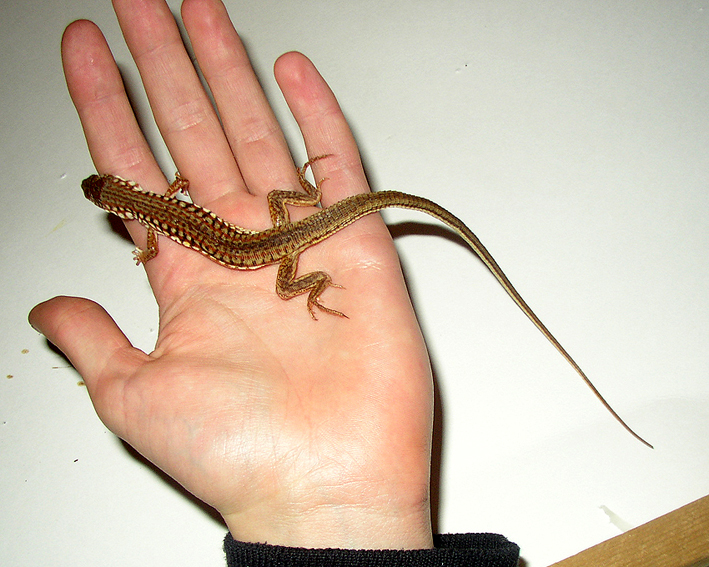| Taxonomy: |
|
| Kingdom: |
Animalia |
| Phylum: |
Chordata |
| Class: |
Reptilia |
| Order: |
Squamata |
| Family: |
Lacertidae |
| Genus: |
Acanthodactylus |
| Species: |
sp. |
| Year: |
1878? |
| Distribution: |
Tanzania |
Diet: Earth Worms, Wax Worms, and other
grubs. I am yet to see them eat a Cricket.
Adult size: 18- 20cm long.
Their natural habitat includes: sandy shores, pastureland,
and plantations. Many of Acanthodactylus species
are threatened by habitat loss. They prefer to be
kept around 24- 28*C. A basking spot must be provided
with a UVB light. They love to sit between the crevices
of rocks, and absorb heat from either rocks or the
heat light. It is not recommended to offer them
a Heat Rock, as it may burn their skinny feet. I
prefer to keep them on Reptile Carpet as it ensures
that they always have a good grip under them, and
does not let the grubs burrow in to it.

|